Malta Test Site
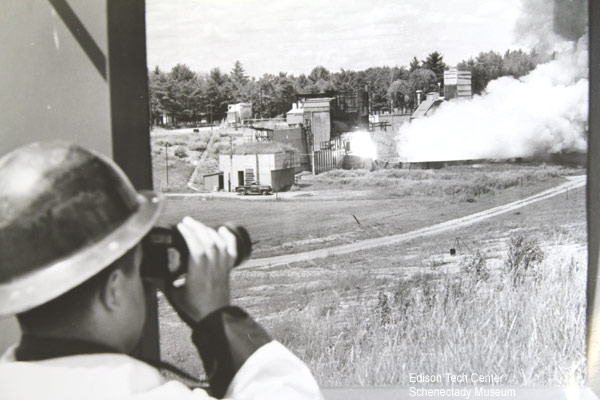
The Malta Test Site located in Malta, NY was a location used to design
rocket engines and develop rocket guidance technology after World War
II. The site consisted of a collection of special buildings and
structures located in the middle of a large forest to act as a buffer
between rural/residential areas and the testing area. The work at Malta
helped NASA and the military advance various parts of the aerospace industry.Project Hermes 1944, Liquid Fuel Rockets:General Electric was contracted by the US Army to improve technology taken from the V-project from Nazi Germany. Under Project Hermes engineers worked on designing better rocket engines which ran on alcohol and oxidizer. Their goal was to develop long range guided missiles. Rocket engineers, control engineers, mechanical engineers and Gas Turbine division worked together on the site to advance technology including rocket guidance. Their work ended up benefiting aircraft and the space program later on. The team moved slowly as they needed to catch up with this 'new' advanced work. After creating a foundation of work in Malta the program was shifted to von Braun's team in New Mexico. The project moved again to the Redstone Arsenal in Alabama. Some of the initial GE engineers like Gene Wright continued to work with the project as it moved. Coming out of the first two years of work at Malta the Navy decided to work on a 'Viking' rocket series. While the Army's focus was on ballistic missiles, the Navy was focused on weather research. Remember that at this time there were no satellites, so gathering information on the rough weather on the seas was difficult. Thanks to the work of many people at Malta, California Institute of Technology and Robert Goddard the Viking rockets remained the most advanced rocket until the end of the 1950s. |
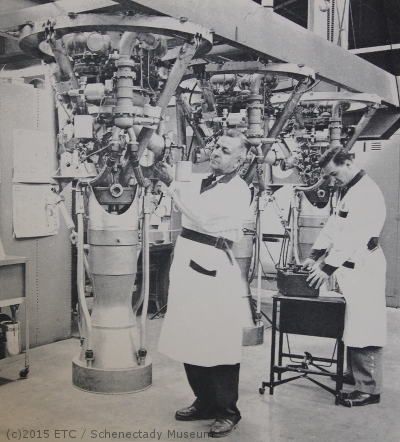
Above: a engineer works on the first stage of Vanguard engines at Malta. The Viking and Vanguard rockets had to go higher than the V2s and this higher altitude operation required new designs. Below: the research center was carved out of a large pine forest. Cement pits with water helped absorb the blast from engines during test. |
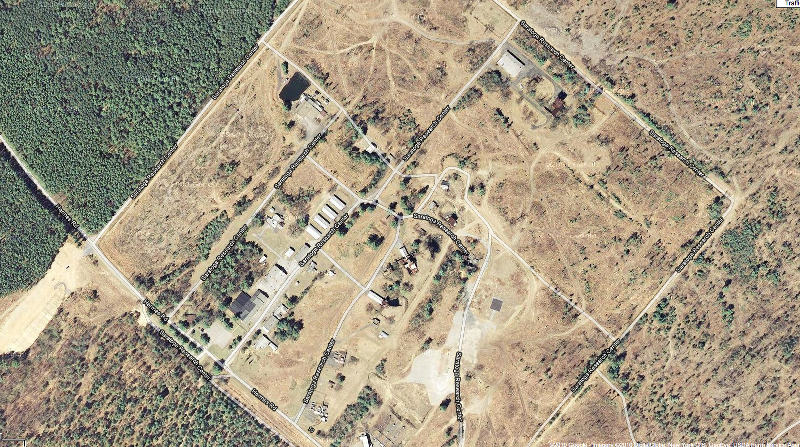
Navy Contract:
The Navy contracted with General Electric to work on engines for the Vanguard project at Malta. Project Vanguard was the first rocket project which was focused on putting satellites into space. At the request of President Eisenhower in 1955 the country made a push to launch US satellites. This program eventually led to the US space program. Creation of Vanguard was important for the Army and Navy didn't want to divert financial resources from their ballistic missile programs. At this time the Army and Navy were in a sort of competition to develop missile technology. Project Vanguard used technology from both Project Redstone (Army) and Navy's Viking rocket. Research at Malta's test pits led to the A-3B rocket engine used in the first stage of early Vanguard rockets.
Rushed Development 1957
When the Russians launched Sputnik in October 1957 the Navy pushed to test the Vanguard TV-3 at Cape Canaveral Launch Pad 18A just three weeks later. This rush of technology which was not ready resulted in the spectacular crash seen in the NASA video below:
With plenty of funding and motivation after the fall of 1957 much work was done in 1958. By March 1958 the first successful Vanguard-1 launched the second US Satellite into orbit. This payload was an aluminum tracking satellite in the shape of a sphere, and weighed only 3.25 lbs (1.47 kilograms).
Read more about Project Vanguard >
See our video on the Vanguard's satellite below. Lawrence Kazmerski shows us the transmitter and talks about the first photovoltaics. This satellite is the oldest piece of space junk still in orbit.
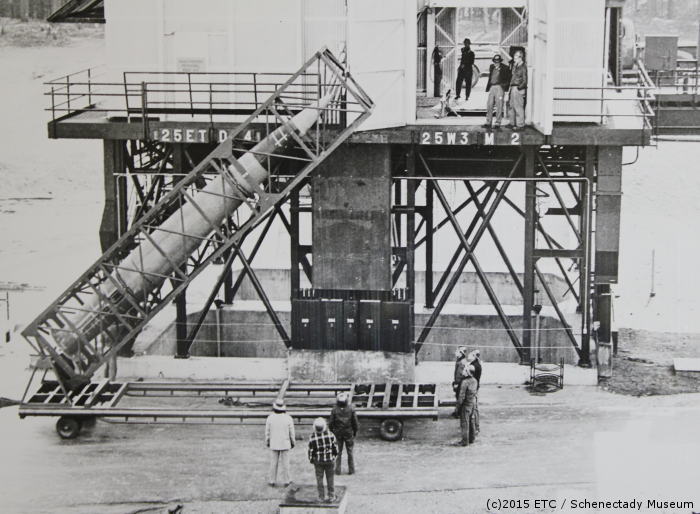
Test vehicle containing a GE rocket engine in November 1955
While Project Vanguard was underway the US Army was under pressure to get their project finished during the Korean War. In 1958 the Army's Project Redstone had it's first work-ready missiles put into place in West Germany. The Redstone missiles (named Jupiter A, B, etc.) were retired in 1964 when they were replaced with the Pershing missile. The Pershing used a solid propellent.
More on Project Redstone >See the video below as heat transfer specialist (mechanical engineer) Nancy D. Fitzroy talks about her work on rocket engines:
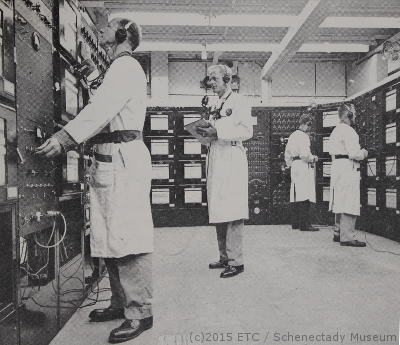 |
 |
Above Right: Test Firing of Uncooled 50,000 lbs thrust plug nozzle thrust chamber
Years after the first V2 type missiles were tested at Malta more advanced missiles like the Polaris were developed on the same site.
Rocket Guidance:
Roland Fitzroy at General Electric developed the first US made inertial guidance systems. Gene Wright and others improved these systems. Wright worked on the Saturn A5 rocket and various missiles. He talks to us and describes how the systems worked:
Inertial Guidance worked by having gyros stabilize a 3 axis gimbal. Two accelerometers would control the engine direction and fins. The accelerometers would monitor the rockets position. The devices would calculate how far off of the target trajectory the rocket was were, and could steer the rocket to compensate.
Our video on V2 rocket propulsion and guidance >
Related Pages:
|
Rocket Guidance |
Steam Turbines |
Radio |
Control and Systems Engineering |
Remote/Radio Control |
More Stuff |
Sources:
Interview with Nancy D. Fitzroy. Edison Tech Center. 2009
Project Vanguard: The NASA History. by Constance McLaughlin Green.
Interview with Eugene Wright. Edison Tech Center. 2013
Encyclopedia Atronautica, Redstone. Astronautix.com
Vanguard Fact Sheet by Cliff Lethbridge. Spaceline.org
For use of Edison Tech Center images and videos see our licensing agreement.

